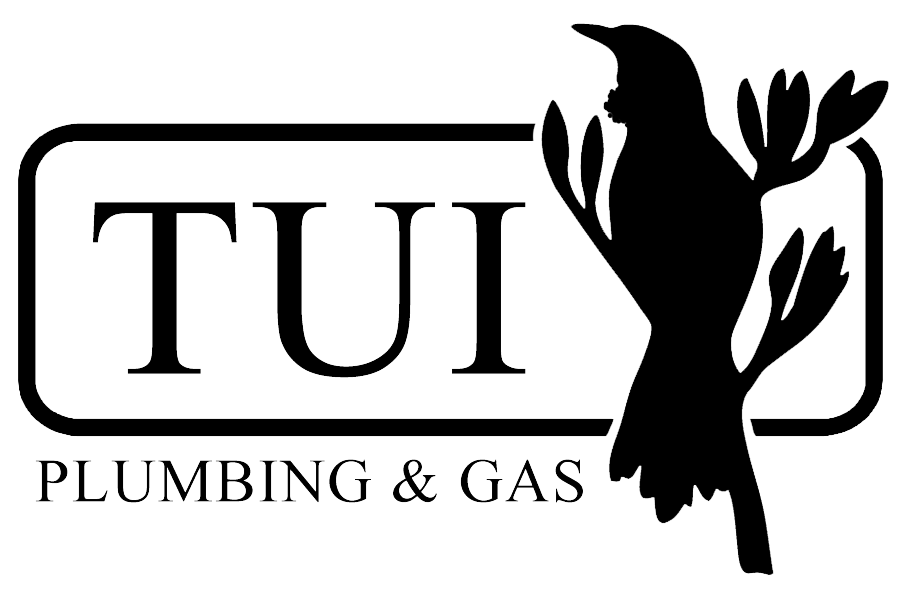plumbing FAQs
Here’s a list of common questions and simple answers. If you have a more complicated plumbing question, feel free to get in touch and we will try to assist you. If you are based on Waiheke Island we can offer a comprehensive service for all of your plumbing and gas needs.
Your Plumbing FAQs Answered
Frequently Asked Questions
Low water pressure can indicate a couple of things. Your pump may be starting to lose pressure or it may be that your filters need a change.
Call us to investigate and resolve your low water pressure problems.
Firstly it pays to check that there is power supply to the pump and also your tank water level.
There might also be a leak in the water suction pump which can cause air cavitation.
If your pump is humming and not turning the pump could be either:
– seized and a replacement pump will be required, or
– the capacitor has gone and a replacement capacitor may be required.
If the pump keeps turning on regularly and you are not using any water check the following:
Check that you do not have any appliance using water, washing machine, dish washer, icemaker in fridge etc. and check toilets not continually running (see below)
If the pump keeps running that may indicate a leak somewhere in your pipework. Any leaks can cause more damage with blown kitchen cabinets or rotten floors, so call us to come and investigate the cause and we can recommend a plan to fix the leak.
If a shower unit is not being used, the water seal dries out and this can then let septic smells enter the room.
If you do use the shower and have a smell, may be the plumbing has not originally included a trap. That would also allow septic smells to enter the room.
There are two most common causes of smelly tank water:
It could be from your water level being very low and perhaps has not been cleaned so that the sludge that builds up at the bottom of the tank can be affecting the water supply. This can be worse if the tank is low and then a sudden downpour can stir up the sludge.
Otherwise, if your have trees overhanging or near your roof, the leaves and flowers could be going into the water supply. We can find a solution that best suits your property to reduce the leaves and flowers that go into your tank. If you have a Pohutukawa tree over or near your roof, we recommend disconnecting the roof water runoff whilst the tree is flowering as the flowers can taint the water to cause a poisonous tea that you should not drink.
Turn off the power supply to the pump AND if you have a hot water cylinder that is higher than the leak, you will need to turn off the hot water cylinder OUTLET.
If the leak is only on the hot water – you can isolate at the hot water cylinder by turning off the INLET valve to the bottom of the hot water cylinder tank.
If you have water coming out of the hot taps but it is cold, this indicates that you have either:
ELECTRIC: a blown element, a faulty thermostat or your cylinder could be wired on an old “ripple” switch so that the power company can control to turn off the electricity supply to the Hot water cylinder without you knowing.
LPG: indicates either run out of LPG or no power to the unit. If this is after a power cut, you may need to reset an instantaneous hot water system by switching the power off and on again. The instantaneous gas hot water system should then go through a reset programme and be ready to use again in a few minutes.
If you can smell LPG please turn off the LPG gas bottles at the valve on the top of the bottles. NO SMOKING or naked flames whilst you do this.
LPG leaks can be a serious issue so please give us a call as any LPG gas work must be done by a qualified licenced gasfitter. You can go to the Plumbers Gasfitters and Drainlayers Board website to check if any plumber or gasfitter has a current licence, see www.pgdb.co.nz
Leaving the toilet running would mean waste of time, water and money.
This could lead to hundreds of litres of water and hundreds of dollars worth of waste in a year. Sometimes this can be really easy to see and sometimes it is only a little trickle.
To check if the water continues to run into the bowl after the toilet is flushed, put a piece of toilet paper around a dry bowl and watch if it gets wet.
If it does get wet, it indicates that some part of the mechanism has malfunctioned and needs to be adjusted or, as a sure fix, replaced.

